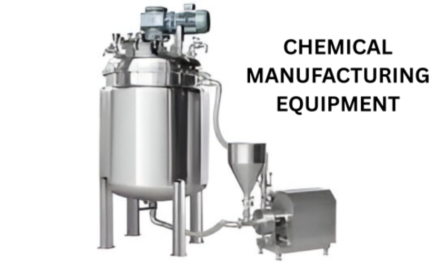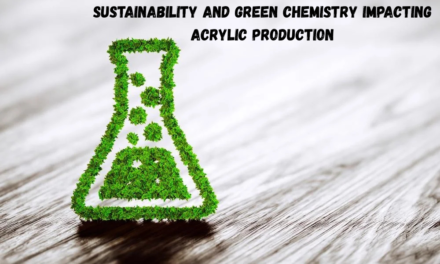Governments and regulatory bodies worldwide are actively supporting the development and adoption of green chemicals through various initiatives, policies, and incentives. Key measures include:
- Regulations and Standards:
- Enforcing strict environmental regulations to phase out hazardous chemicals.
- Setting standards for biodegradable, non-toxic, and low-impact products (e.g., REACH in the EU, TSCA in the US).
- Subsidies and Tax Benefits:
- Offering tax incentives, grants, and subsidies for companies investing in green chemistry R&D or sustainable practices.
- Research and Development Funding:
- Allocating funds for research on bio-based alternatives, renewable feedstocks, and innovative green technologies.
- Encouraging Circular Economy:
- Promoting recycling, reuse, and waste reduction initiatives to minimize chemical waste and encourage sustainable production.
- Public Awareness Campaigns:
- Educating industries and consumers about the benefits of green chemicals to drive demand and adoption.
- Collaborations and Partnerships:
- Facilitating partnerships between academia, industry, and government to accelerate the commercialization of green chemical technologies.
- Bans and Restrictions:
- Prohibiting or restricting the use of certain harmful substances to encourage the transition to safer alternatives.
- Eco-Labeling Programs:
- Implementing certification schemes (e.g., “Green Seal,” “EU Ecolabel”) to identify and promote environmentally friendly products.
- Carbon Pricing Mechanisms:
- Introducing carbon taxes or cap-and-trade systems to incentivize low-carbon chemical production.
- Industry-Specific Policies:
- Tailoring policies for sectors like agriculture, textiles, and pharmaceuticals to adopt green chemical practices.
These initiatives aim to foster innovation, reduce environmental impact, and create a sustainable framework for the chemical industry’s future.

















